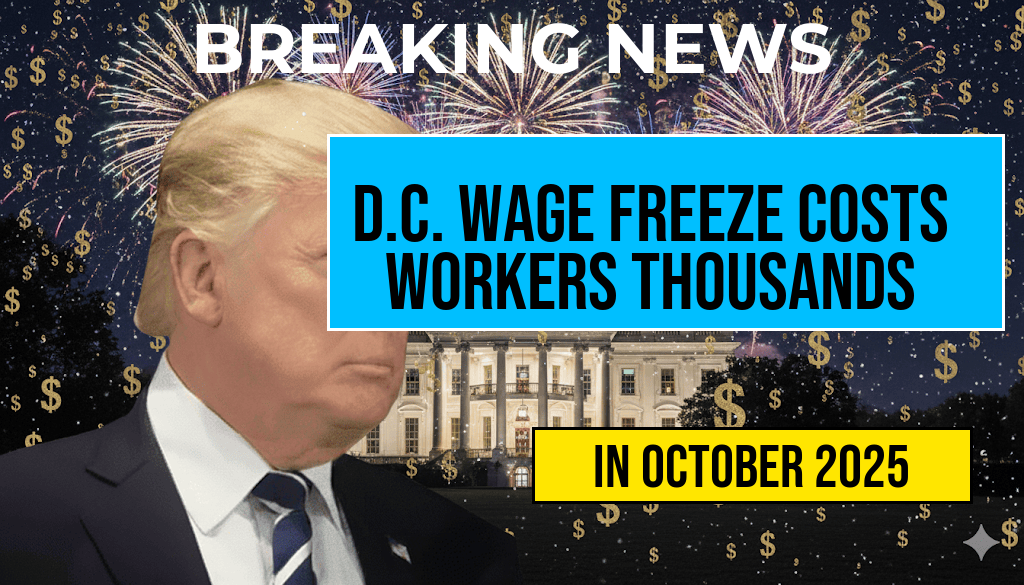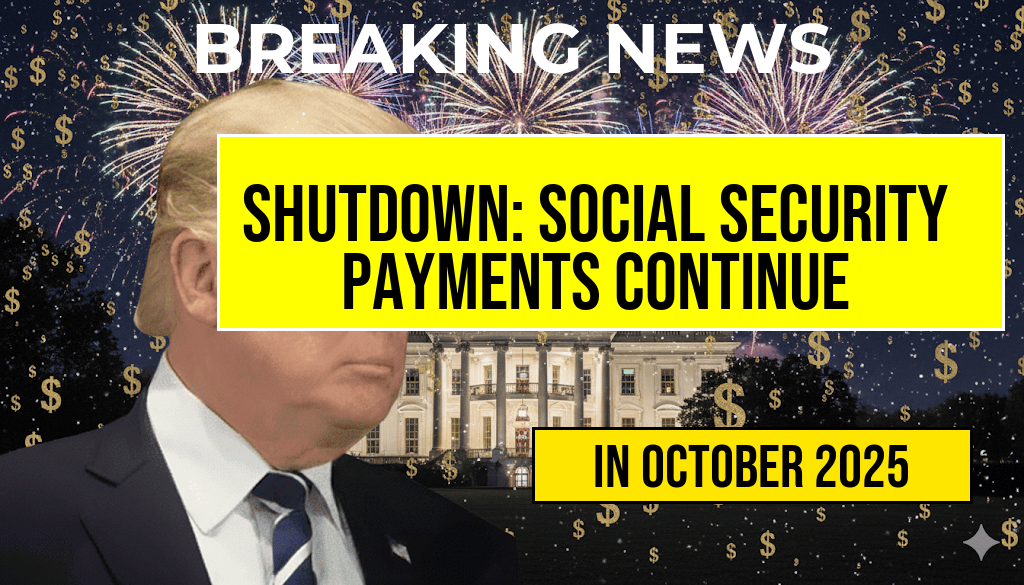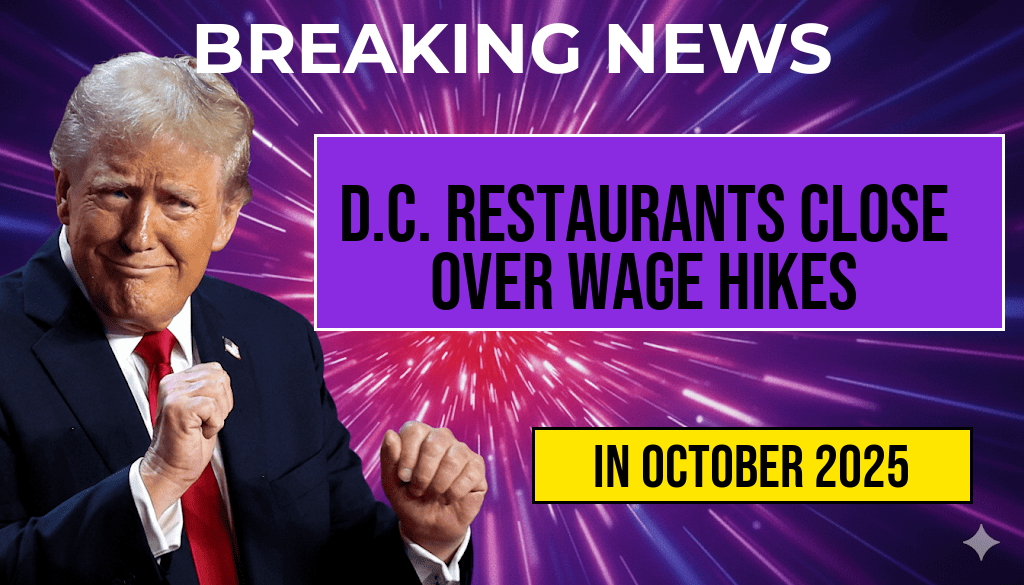DC Restaurant Workers Face Earnings Gap Due to Stagnant Wages Amid Cost-of-Living Pressures
Restaurant employees in Washington, D.C., continue to grapple with stagnant wages following a recent wage freeze that maintains the city’s minimum at $10 an hour. This decision, upheld by local policymakers, leaves workers earning significantly less than they would if wages increased in line with higher minimum standards. For example, at a hypothetical $12 an hour rate, workers typically earn an additional $4,160 annually, underscoring the financial strain faced by many in the service industry. As inflation persists and living costs rise, the wage freeze has reignited debates over fair compensation, especially given the critical role restaurant workers play in D.C.’s thriving hospitality scene.
The Wage Freeze and Its Impact on Earnings
Earlier this year, the D.C. Council reaffirmed its decision to keep the minimum wage at $10, citing concerns over potential economic repercussions and the desire to support small businesses. However, this move effectively stalls wage growth for thousands of workers, many of whom rely heavily on tips and face steep living expenses in the nation’s capital.
| Hourly Wage | Annual Earnings (assuming 40 hours/week, 52 weeks) |
|---|---|
| $10 | $20,800 |
| $12 | $24,960 |
While the $10 minimum remains in effect, a hypothetical increase to $12 per hour would boost annual earnings by nearly $4,160. This additional income could help offset rising housing costs, healthcare, and transportation expenses—costs that have surged over recent years.
Financial Disparity and Cost of Living
Data from the U.S. Bureau of Labor Statistics indicates that the average rent for a one-bedroom apartment in D.C. exceeds $2,200 per month. With such high housing costs, a worker earning $10 an hour and working 40 hours weekly would take home roughly $400 before taxes, leaving little room for savings or unexpected expenses. In contrast, if paid $12 an hour, weekly gross pay would increase to $480, translating to an extra $80 per week. Over a year, that adds up to a significant difference in financial stability.
Worker Perspectives and Industry Responses
Many restaurant staff members express frustration with the wage freeze, emphasizing that their incomes do not keep pace with inflation or rising living costs. “We’re expected to work long hours and deliver quality service, but our pay doesn’t reflect the cost of living in D.C.,” said Maria Lopez, a server at a downtown eatery. “It feels like we’re being asked to do more without being fairly compensated.”
Meanwhile, restaurant owners and industry groups argue that a wage increase might jeopardize small business viability, especially in a competitive market. According to the Forbes, rising labor costs can lead to higher menu prices and potential layoffs, impacting both consumers and employees.
Broader Economic and Policy Context
Washington, D.C., has historically maintained a higher minimum wage than federal standards, reflecting the city’s elevated living costs. The current wage freeze, however, is part of a broader debate about balancing economic growth with fair pay. Advocacy groups argue that increasing the minimum wage to match inflation levels could significantly reduce poverty rates among service workers, many of whom are part-time employees or rely on tips for most of their income.
The city council’s stance emphasizes supporting small businesses during economic recovery phases, yet critics contend that fair wages are essential for workforce stability and economic equity. The disparity between what workers earn and the rising costs of essentials underscores ongoing challenges in ensuring sustainable livelihoods for D.C.’s hospitality employees.
Looking Ahead
As discussions continue around wage policies, many workers and advocates are calling for measures that address inflation and cost-of-living increases directly. Some propose targeted raises or supplemental support programs to bridge the earnings gap. With more than 70,000 restaurant workers in the District, the stakes are high for policymakers to find a balance that sustains both business interests and workers’ financial wellbeing.
For now, the wage freeze remains in effect, anchoring earnings at $10 an hour and leaving many employees to navigate a costly city on limited income. The ongoing debate highlights the broader economic dilemma: how to ensure fair compensation amid competing priorities of economic growth, affordability, and business sustainability.
Frequently Asked Questions
What is the current minimum wage for restaurant workers in D.C.?
The minimum wage for restaurant workers in D.C. remains at $10 an hour due to a recent wage freeze.
How does the wage freeze affect workers’ earnings compared to previous rates?
Because of the wage freeze, workers are earning $4,160 less annually than they would at a $12 an hour rate, which was a previous standard before the freeze.
Why was the wage freeze implemented in D.C.’s restaurant industry?
The wage freeze was implemented to maintain current wage levels amid economic considerations and industry challenges, preventing an increase beyond $10 an hour.
How does the wage difference impact restaurant workers financially?
The wage disparity results in significantly lower annual earnings for workers, affecting their overall financial stability and cost of living.
Are there any plans to change the minimum wage for restaurant workers in D.C. in the near future?
As of now, there are no announced plans to increase the wage threshold beyond the current $10 an hour in D.C., but discussions may continue based on economic conditions.










